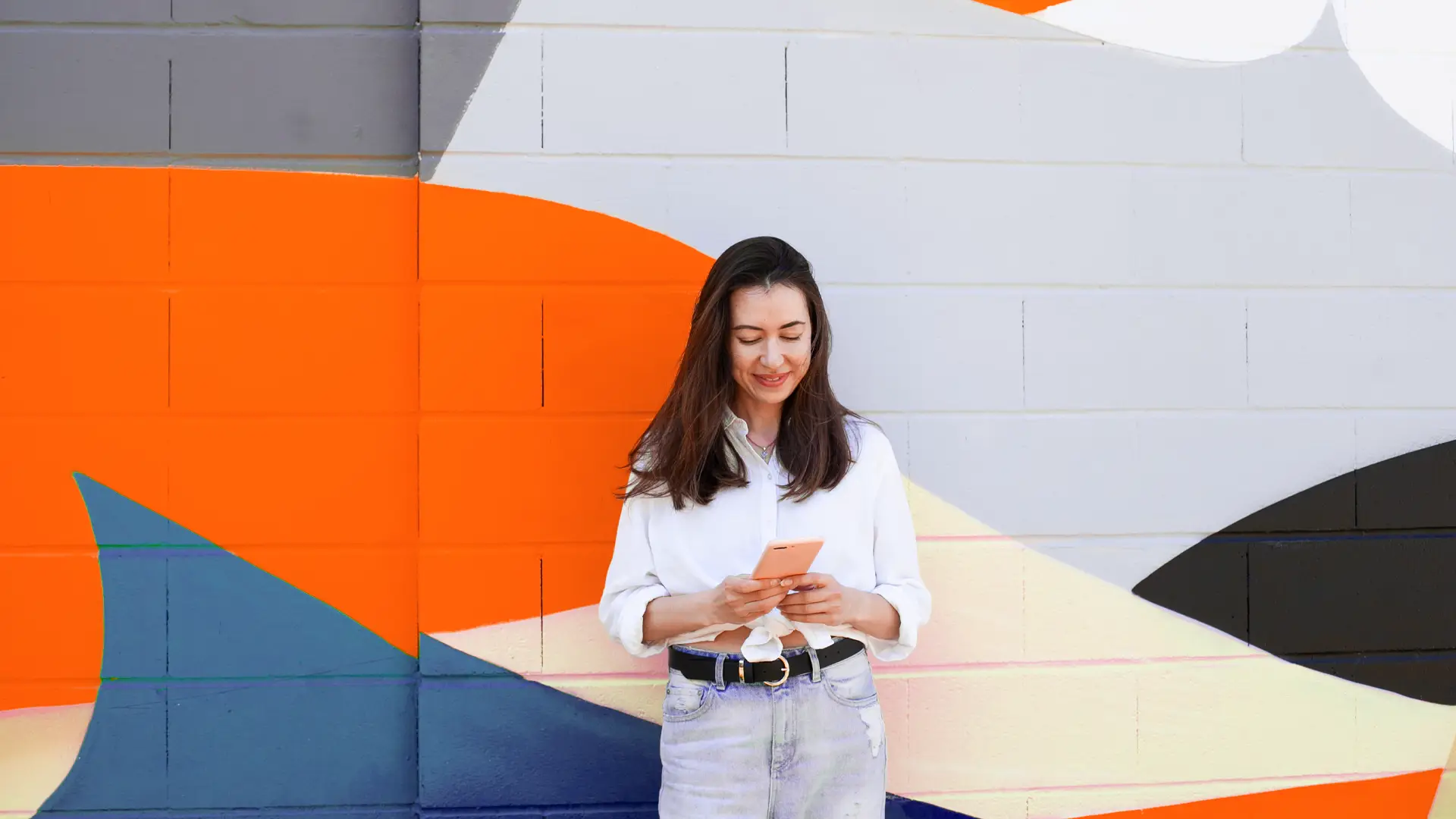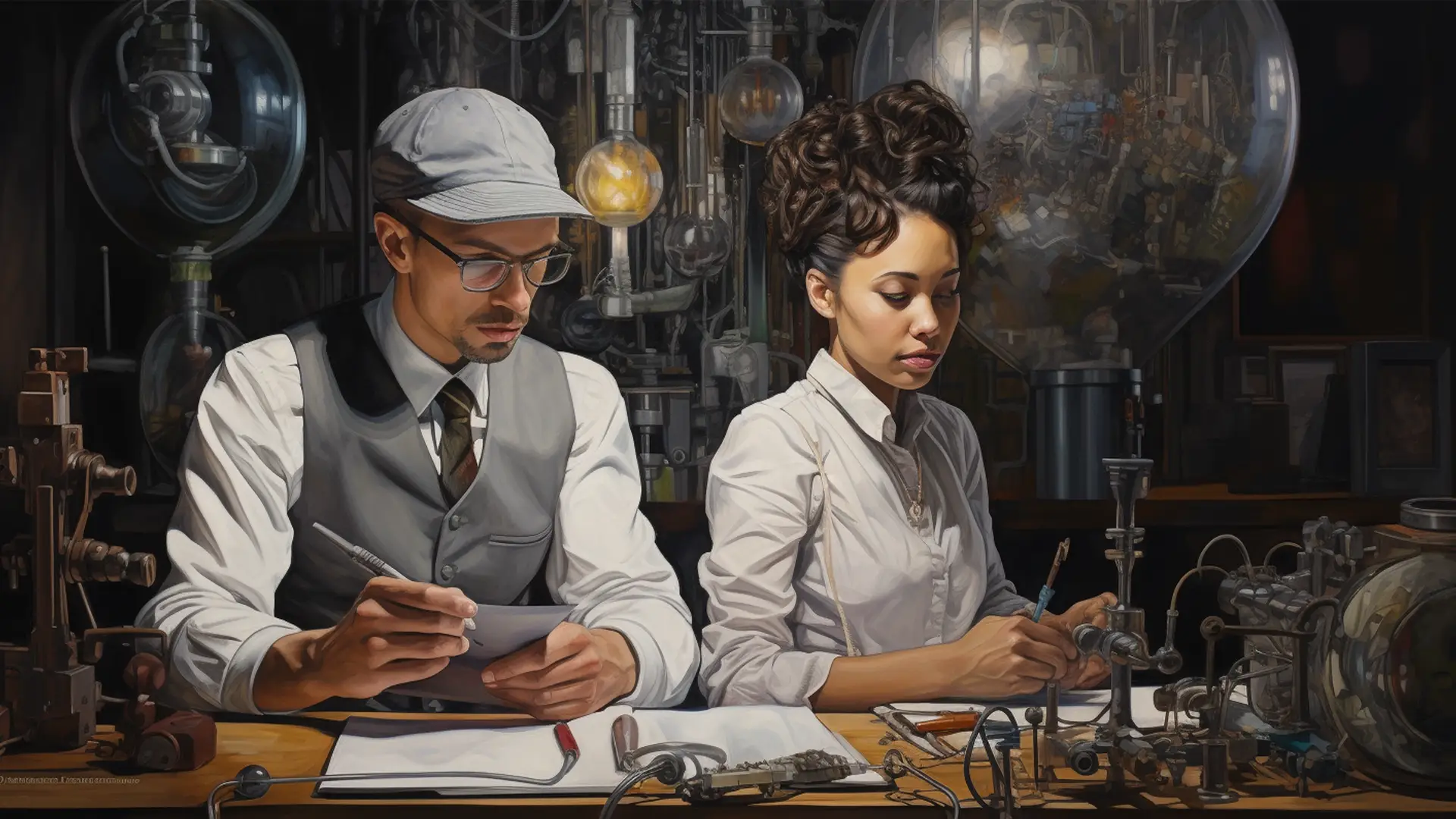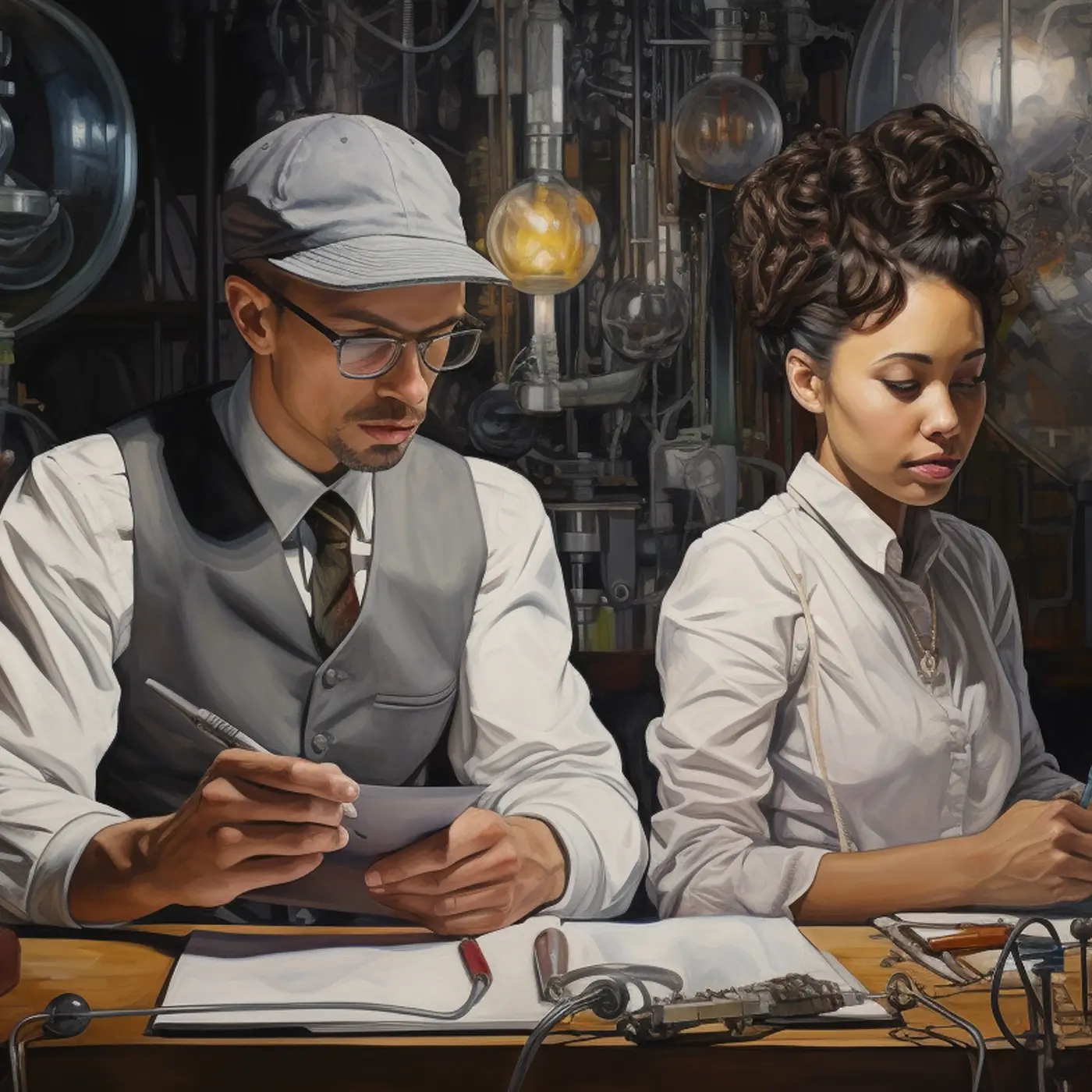Key Takeaways
- To encourage team members' creativity, consider holding ideation sessions, sharing creative ideas, and organizing lunch-and-learn events.
- Reorganizing teams, scheduling regular social events, and providing co-working spaces for remote team members are all ways to improve relationships and company culture.
- Using visual scorecards, planned resourcing, and clever social event planning can all help with prioritization in a remote environment.
Listen: Leveraging face-to-face opportunities in a hybrid work model.
It’s no secret that businesses and leaders have struggled to navigate the conflicting, push-and-pull interests of distributed work versus in-office arrangements that have arisen since the pandemic. The de facto compromise solution—hybrid work arrangements—appears here to stay.
So how can managers ensure they’re squeezing the best work out of both formats?
Earlier this year, we convened a group of senior in-house design leaders in our InsideOut Community for a collaborative working session around this challenge.
In Part 1 of this two-part series, we examined the benefits our leaders have found in being together in person, which has been hard to replicate with fully dispersed teams. In this follow-up, we’re exploring some of the strategies and specific tactics those creative leaders have hit upon for overcoming the perceived downsides of remote and hybrid work while amplifying the benefits.
Early in the working session, participants agreed that remote work makes chance encounters far more difficult, which they observed has had downstream effects on the creative team’s work. Even though remote workers are often more productive overall, leaders often say that work tends toward the transactional instead of the collaborative and truly contributive. The challenge, in other words, was finding ways to optimize hybrid work for easy collaboration, informal back-and-forth on unorthodox solutions, and creativity around the big problems.
Following are their suggestions, grouped by the problems they hope to address.
How might we encourage more creative encounters between team members?

In an ideation session, leaders tasked themselves with mitigating the lack of casual interactions between people on their teams, thereby boosting the informal creative spitballing that often leads to better ideas. Their responses spanned meetings, information-based sessions, collaborative working gatherings, and social and nonworking interactions.
They saw, for example, several opportunities to lean into inspiration with creative share-outs from team members of concepts and solutions out in the world that set them alight—equally applicable for remote and in-person gatherings. A “creative den” was a related approach: a dedicated space in the office filled with such artifacts where ideation sessions and informal spitballing might occur. They reckoned that lunch-and-learns might serve a similar purpose, especially when paired with a theme of creative and unconventional approaches to problem-solving.
Leaders saw opportunities for untethering their teams’ creativity from only mundane ‘work’ tasks by organizing hackathons and other ‘fun first’ competitions unrelated to product cycles and deadlines. Design charrettes earned special marks on the bang-for-your-buck axis. Participants came up with many ways to inspire and nurture the creative instinct in their teams by getting out of the office with group visits to museums and art galleries, participating in sketch crawls and art walks, mentoring one another with company-supported skill-share programs, and creating ‘passion’ Slack channels with regularly scheduled share-outs.
How might we strengthen relationships among team members and deepen company culture?
Participants were not unaware of the challenges remote and hybrid work present for team connections, networking and mentoring, and assimilating company (not just team) culture. They, therefore, also considered how they might lean into relationship-building and strengthening connections among team members.
Several ideas circled the notion of making meetings less transactional and more interrelational. Create agendas that involve “less reporting and more interaction,” suggested one participant.
Similarly, another emphasized asynchronous work to make time for more personal interaction during synchronous sessions. Another leader makes sure to build in time for fun and informal icebreakers at the start of meetings and finds ways for team members to present themselves as whole human beings with skills, experiences, and interests beyond just the shared work project.
A popular solution to the “team bubble” problem was to shuffle teams and their members regularly and to find opportunities to bring in members of other groups and departments for multidisciplinary problem-solving wherever possible. A common theme emerged around inviting and making it easy for disparate people to collaborate on solving a problem who don't naturally work together.
Improvisational games and activities, where the stakes are low, and the focus is on fun, offer many benefits, from creativity and collaboration to strengthening personal ties.
Again, participants saw promise in stepping out of the confines of the office and the Zoom screen into the real world as a group: for sports events, lunches out together on in-office days, and conferences. Regular social hours received special huzzahs.
Where virtual calls were necessary, leaders saw value in encouraging opportunities to connect, whether it's “cameras on” for certain meetings, real backgrounds (when feasible), and time to reconnect with each other at the beginning or end of each meeting. Where organizations have profile pages for employees, more personal information could begin to present mere workers as real people with shared interests and backgrounds.
One possibility that bridged in-office and remote work was to provide distributed team members with easy access to co-working spaces in cities with multiple team members.
A particular theme emerged around connecting with your team and NOT discussing work. One example of what this looks like in practice was a popular program one leader crafted: an open, early morning, monthly forum for the whole team at which anyone can drop in to talk about anything except work.
How might we help distinguish between urgent and important?
One of the most problematic meta-themes we heard from participants was that, in a fully remote environment, the urgent tends to take priority over the important, which can stifle creativity and innovative work. In the ideation portion of our session, participants dove into this challenge with gusto.
“Create and stick to meeting agendas that focus on the important,” one suggested. In contrast, others emphasized the need to be crystal clear about agendas and priorities for the team—including co-creating visual artifacts that achieve this: “Talk about it. Map it on a 2×2,” several suggested, such as an Eisenhower Matrix or an Importance-Difficulty Matrix. All agreed that a visual and collaborative ‘scorecard’ for ranking projects is a must-do.
“Intentionality” was a common theme for leaders in this regard: be intentional about resourcing; be deliberate about scheduling social events (way) in advance; be careful to build collaboration time into all projects; take just five minutes at the start of meetings to align fully with everyone on what is important and what is urgent, making the distinction between the two clear.
The team carried the same sense of careful attention around priorities into a discussion of team building and stronger relationships. Leaders suggested non-work (i.e., play and socializing) as serious projects in their own right, worthy of as much care and attention to outcomes. Another suggestion was that fewer, more significant social gatherings might yield better results.
The results

Leaders came away from our collaborative working session with a better understanding of the challenges they are grappling with as large enterprise design and creative teams navigate new post-pandemic ways of working. But in our Jam Session, they leveraged their time together to generate dozens of inventive and eminently feasible ways of mitigating those problems, regardless of whether teams are fully distributed or hybrid. With some form of hybrid almost certainly here to stay, InsideOut’s design leaders are experimenting and prototyping what may be the seeds of the future of work for us all.
Latest.

How to use GenAI for actually strategic marketing campaigns.
Content & Creative, Innovation & Emerging Tech, Marketing & Analytics

EAA and WCAG: a guide to EU accessibility compliance.
Engineering & Technology, Experience & Product, Innovation & Emerging Tech

How to attract and retain Gen Z talent.
Diversity, Equity & Inclusion, Leadership & Management, Retention Strategies, Talent Acquisition & Recruitment





